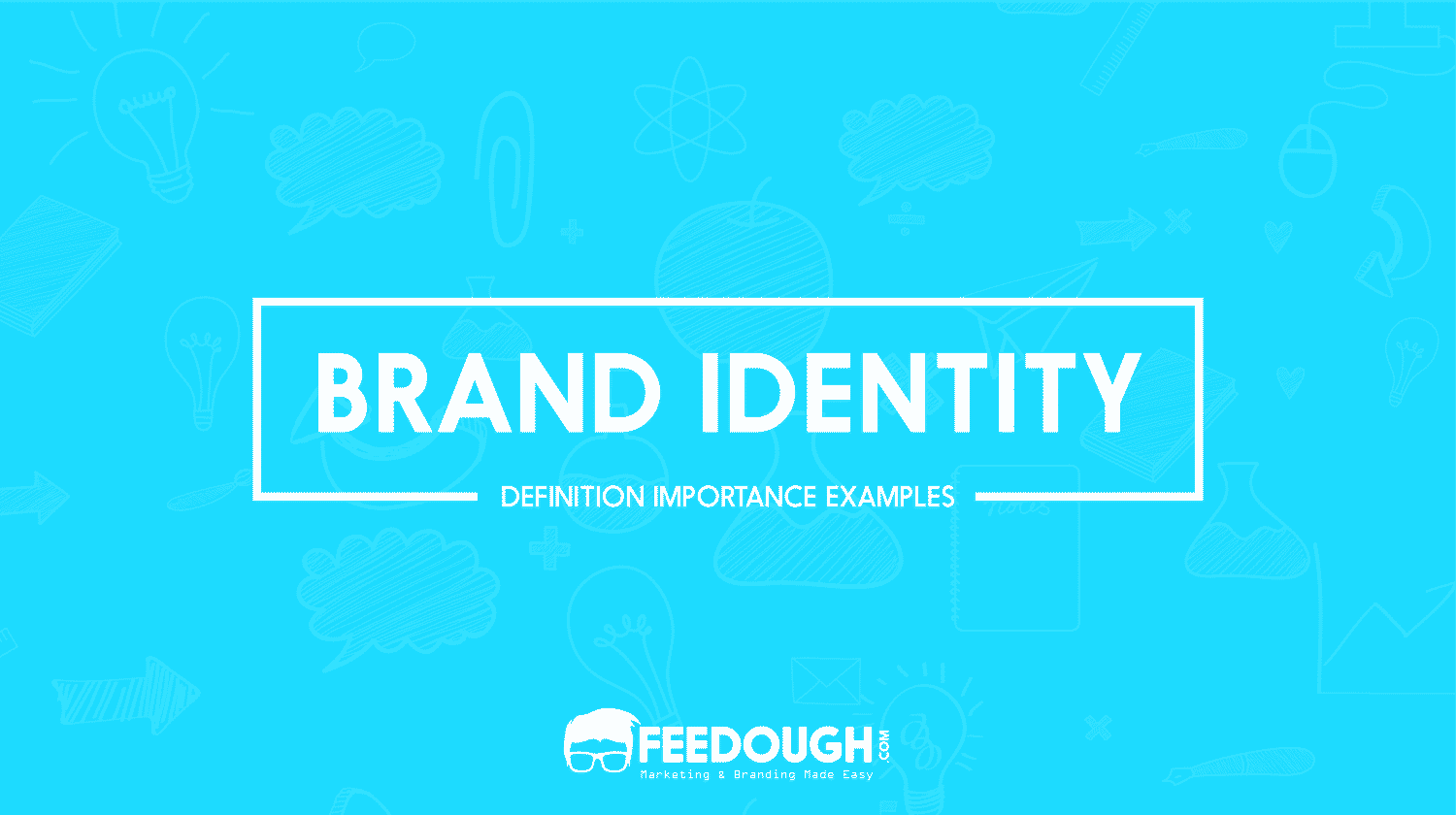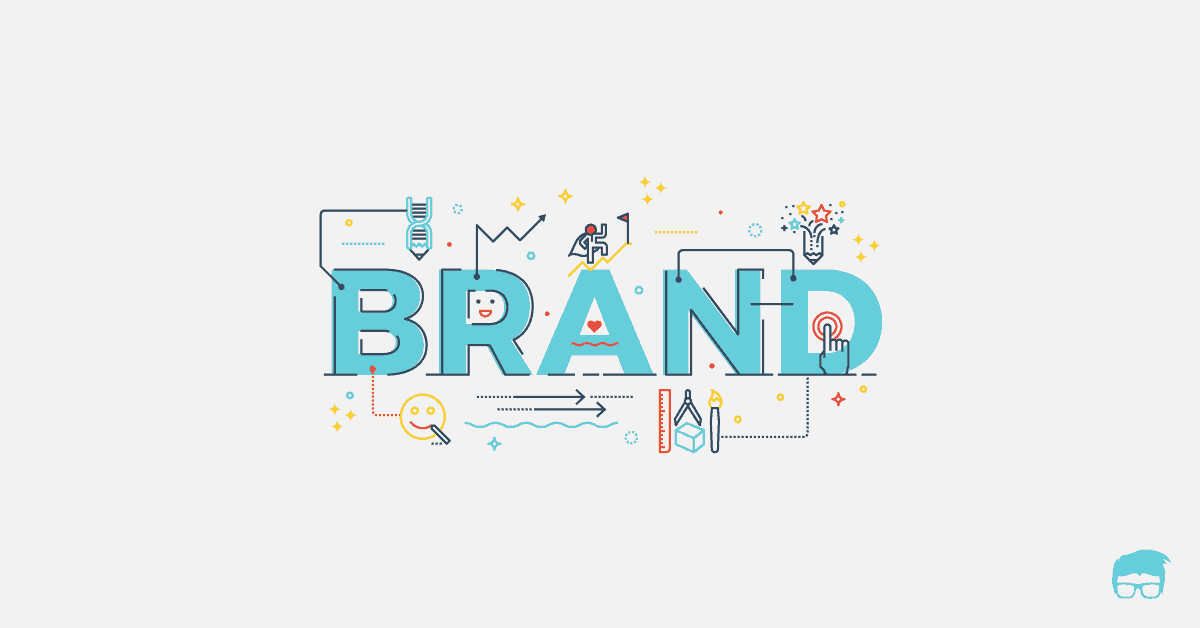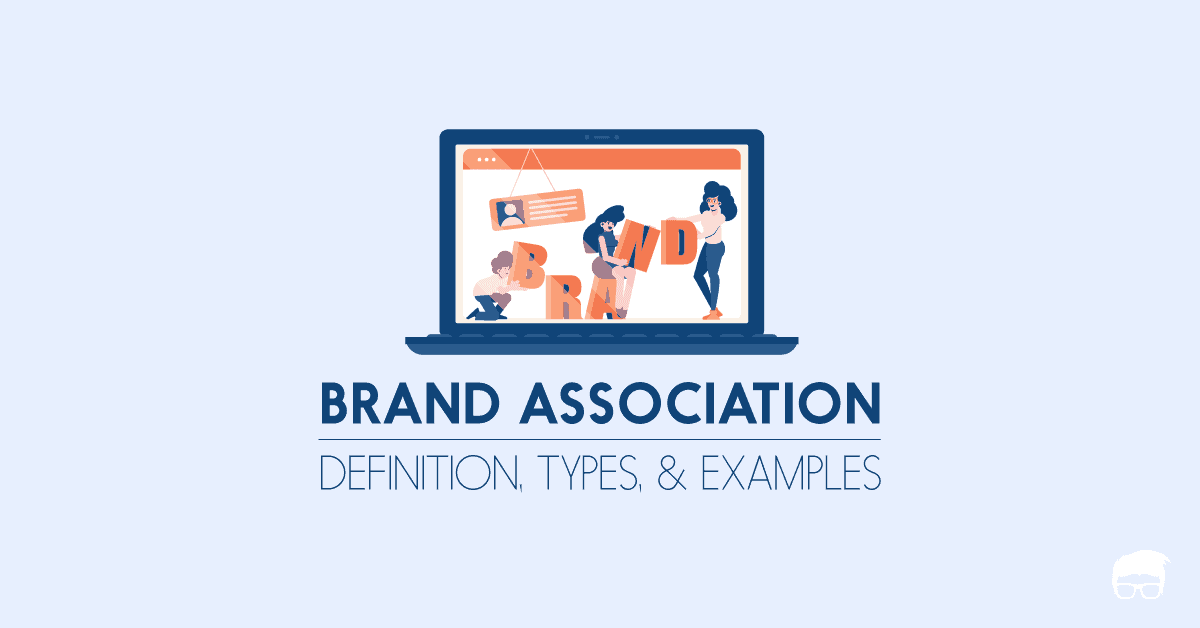Imagining someone without a name, personality, or distinct behaviour is hard. It’s human nature to associate certain identification attributes to a person or a thing and call them its identity. Hence, every human creation has its own identity, unique or not.
It’s the similar case with corporations as well.
Corporations are given names, personalities, and are even humanized to help the target audience identify it, relate to it, and differentiate it in the market. This unique identity of a corporation is the corporate identity.
But what is corporate identity, what are the elements of corporate identity, and why is it important for a company?
Let’s find out.
What is Corporate Identity?
Corporate identity is how a company presents itself to the public (including both internal and external audiences). It is how the company looks, behaves, and communicates.
It helps the company to get recognized and differentiated in the market space and among its internal stakeholders (including all the employees, investors, and partners of the company) and external stakeholders ( including the customers, consumers, media, etc.)
Elements of Corporate Identity
There are 3 major elements of corporate identity –
- Corporate communication,
- Corporate design, and
- Corporate behaviour.
Corporate Communications
Corporate communications is how the company interacts and passes on all the information to the internal and external audiences to develop a favourable point of view and a uniform image of the company on all channels.
In simple terms – it is what the corporate communicates.
It includes:
- Internal communication: It includes policies & procedures, team communications, internal newsletters, and everything that relates to communication with the internal audience.
- Paid Communication: It consists of the communication messages released through paid media like advertisements, sponsorships, events, etc.
- Media relations: All earned-media communication, like public relations, news, etc. come under media relations.
- Investor relations: It includes all messages communicated to the investors in the company.
Corporate design
The corporate design showcases the visual identity of the corporate. It includes all the visual assets of the company like name, logo, brand colours, brand visuals, tagline, etc. that help differentiate the company from others visually.
Major components of the corporate design are:
- Logos: It is the original mark that represents the company or its products. It acts as an instant recognition for a company.
- Colours: Brand colours include a palette of official colours that represent the brand. Generally, only these colours are used in brand assets.
- Fonts: Usually, a corporate has a list of approved typography that are used in its communication messages.
- Website: A website is how the corporate represents itself in the digital world. It’s just like a brand outlet but in the digital world.
- Internal Design: The interior of the office is also a part of corporate identity. It reveals a lot about the company, like the way the organization works, its work-culture, etc.
Corporate Behavior
In the truest sense, corporate behaviour is the behaviour of the company. It includes the ethical code of conduct and corporate social responsibility, which brings out the core values and the company’s philosophy.
Technically, corporate behaviour is how the company acts as a single body in different situations triggered by political, economic, social, technological, legal, and environmental factors.
Most of the times, corporate behaviour is triggered by social media responsibility. For example, Starbucks aims to hire 10000 refugees globally by 2022 to fulfil its social responsibility.
Corporate Identity vs Brand Identity
Unlike popular belief, corporate identity and brand identity are not the same.
- Brand Identity speaks of a specific product’s quality, ethics, and focus. It gives rise to a brand image off a specific offering.
- Corporate Identity speaks of the company’s ethics, values, and focus, which created the product. It gives rise to a corporate image of the parent company.
For example- Unilever has many brands under it, including Dove. Dove’s identity is the brand identity, and Unilever’s is the corporate identity.
Importance of Corporate Identity
A strong identity is important to shape people’s thoughts and opinions positively about the company.
Here are some points to highlight the importance of corporate identity:
- Helps to Differentiate: A well planned corporate strategy helps the business to differentiate itself in the market it is in.
- Creates Awareness: A corporate identity communicates the company’s promise to both internal and external audiences.
- Elevates Market Presence: A strong corporate identity showcases the company to be more trustable, which boosts its market presence.
- Builds Reputation: A consistent corporate identity, along with good service increases the trust of the customers in the company, building its reputation over time.
- Builds Customer Loyalty: Maintaining a consistent corporate identity following the company’s values, principals, and objectives helps the customers to connect and develop loyalty towards the business.
Examples of Corporate Identity
Here are two of the best examples of corporate identity.
Apple
Apple’s exclusivity formula is the key element of its corporate identity. Apple’s slogan “think different” emphasizes on this formula. It makes sure to send the same corporate message with all its offerings.
This makes it stand out of other players in the market.
Apart from this, Apple also works for the community by providing educational programs to more than 3.6 million suppliers since 2008, among other things. This helps Apple in maintaining its strong corporate identity through the proper use of corporate identity elements.
Starbucks
Starbucks’ high-quality, premium, and tasty coffee is known throughout the world. But that’s not the only thing which makes the company famous. It is the consistent atmosphere that it creates within its stores, the consistent corporate promise, and the consistent brand design that makes it more trustable and reputable.
Starbucks also takes its social responsibility very seriously. It has been helping farmers, providing employment to refugees, among other efforts.
This way, Starbucks has become one of the most relevant chains of coffeehouses in the world.
Bottom-Line?
In today’s everchanging market, it has become crucial to have a clear and strong corporate identity. It not only helps in differentiating but also in creating a long-lasting impression on the people. Therefore, build a corporate identity first, before stepping out in the market.
Go On, Tell Us What You Think!
Did we miss something? Come on! Tell us what you think about our article in the comments section.
A budding entrepreneur who loves to read. He has a knack for research work, writing, and creating his own music.




![What Is Visual Identity? [Detailed Guide] visual identity](https://www.feedough.com/wp-content/uploads/2022/09/visual-identity.webp)




